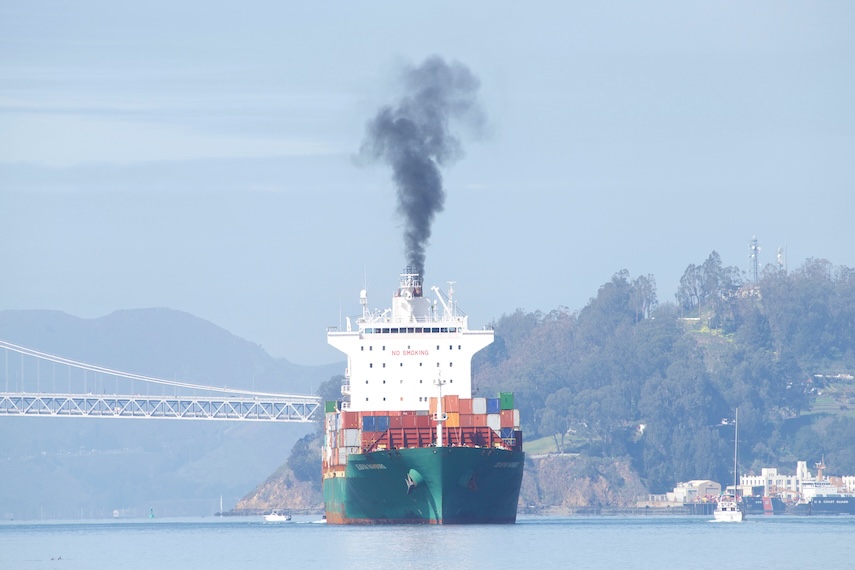The International Maritime Organization (IMO) approved new draft fuel standards for ships and a global pricing mechanism for carbon emissions. The draft includes an emissions tax of at least $100/ton CO2 emitted above a decarbonization target. IMO’s announcement clarifies work must still be done before this is final and effective:
“These measures, set to be formally adopted in October 2025 before entry into force in 2027, will become mandatory for large ocean-going ships over 5,000 gross tonnage, which emit 85% of the total CO2 emissions from international shipping.”
The draft will be formally circulated to IMO Member States, followed by:
- October 2025: Adoption of the amendments during an extraordinary session of the Marine Environment Protection Committee.
- Spring 2026: Approval of detailed implementation guidelines.
- 2027: Expected entry into force, 16 months after adoption.
I feel like we’ve seen this movie before – there is still time and opportunity for things to change and complexities/ambiguities abound, such as
- establishing and allocating the total CO2 emissions from international shipping;
- defining and establishing the “Base Target” and “Direct Compliance Target” for ships; and
- managing the concept of “surplus units” and their transfer (which seems akin to fixed source credits/offsets).
I’m also wondering about whether this will truly have the intended result. If the plan is finalized, might the tax simply be passed on to buyers already numbing to inflation and new tariffs, therefore dulling the impact? How will the current US stance/actions on international trade affect the plan? The US government is already pushing back. ESG Today reported that
“The U.S., which had publicly opposed the agreement, left the negotiations prior to the vote… In a diplomatic note sent out following the vote, the U.S. warned of ‘reciprocal measures’ to compensate for any fees under the new framework charged to U.S. ships, and ‘for any other economic harm from any adopted GHG emissions measures.’”
Members can read more about carbon emissions here.
If you aren’t already subscribed to our complimentary ESG blog, sign up here for daily updates delivered right to you.
Photo credit: sheilaf2002 – stock.adobe.com










